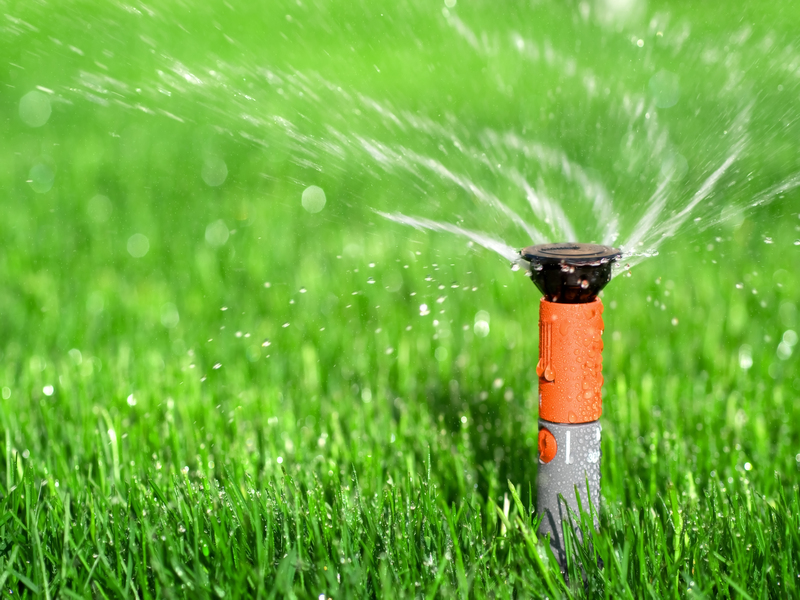Guaranteeing a safe and clean water supply is essential for any community, and backflow testing is an essential procedure for achieving this. Water conservation and quality are of the utmost importance in Austin, and backflow testing is a critical component of public health protection. This article delves into the significance of Backflow Testing in Austin, the benefits it can provide to residents and businesses, and the process of conducting regular inspections.
What Is Backflow Testing?
Contaminants may potentially infiltrate the potable water supply when the normal flow of water in a plumbing system is reversed, a phenomenon known as water backflow. Inspection of backflow prevention devices to guarantee their proper operation is the process of backflow testing. These instruments are intended to prevent the entry of contaminants, including chemicals, fertilizers, or untreated water, into the potable water system.
Annual backflow testing is mandated by municipal regulations in Austin for specific properties, such as those with irrigation systems, fire sprinklers, or industrial apparatus, to ensure that they comply with water safety standards.
Why Is Backflow Testing in Austin Crucial?
The city’s diverse water usage necessitates especially stringent backflow prevention measures in Austin. Protection of the community’s water supply from contamination is imperative, given that the population is currently over 950,000 and is expected to continue to increase. The risk of backflow incidents is further exacerbated by the city’s humid climate, which necessitates frequent irrigation and increased water consumption.
The Centers for Disease Control and Prevention (CDC) have stated that inadequate backflow prevention can lead to substantial health risks, such as exposure to industrial chemicals, pesticides, and hazardous bacteria. The environment and public health are protected by the regular Backflow Testing in Austin, which mitigates these risks.
The Testing Process: What to Expect
Although the backflow testing process is straightforward, it necessitates the employment of certified professionals. A licensed technician will:
Inspect the backflow prevention device.

